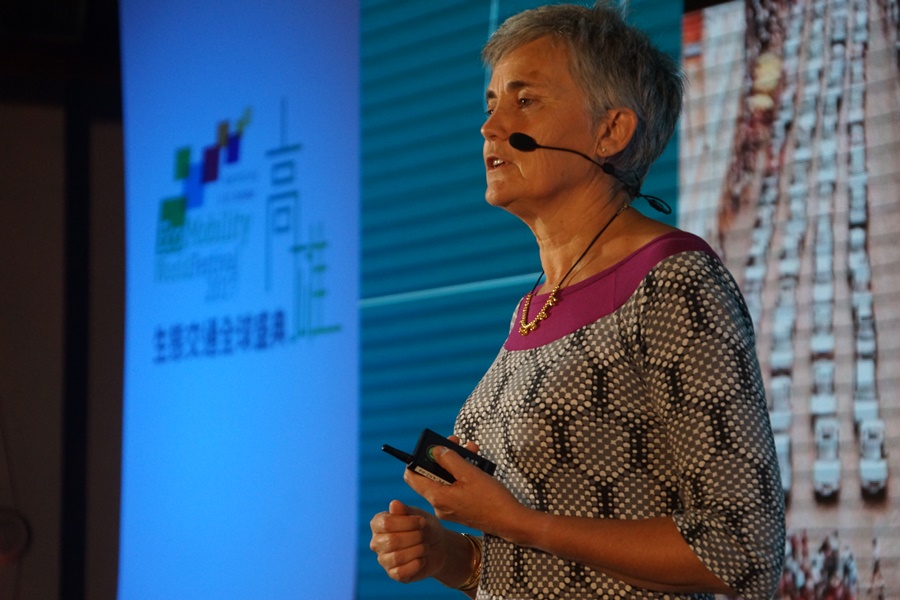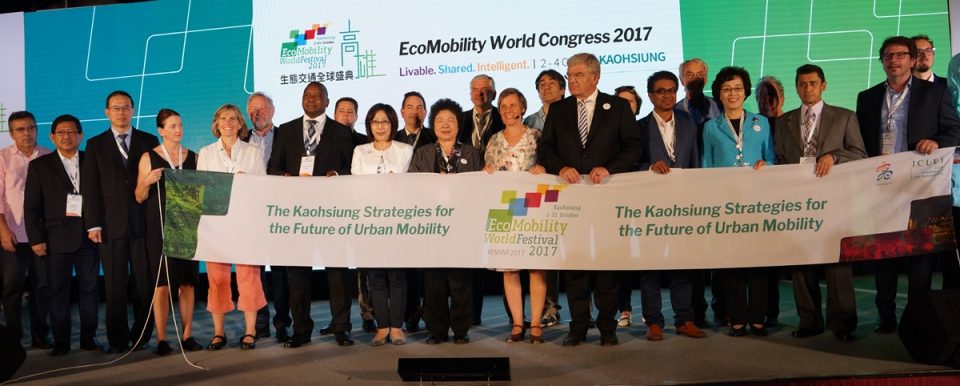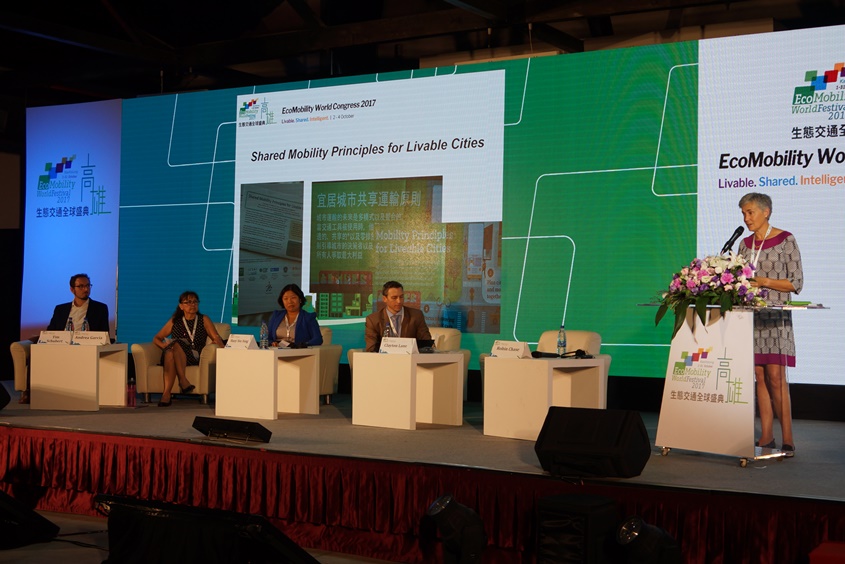Zero emissions, shared and automated: Shaping the future of urban mobility

Climate change is happening, and global greenhouse emissions are not slowing down quickly enough to curb it. As the world takes aim to prevent this impending crisis, it is clear that we must be proactive in transforming urban transport and slashing associated emissions.
So how can we go about this?
First, it is important to recognize that the urban transport context is particularly complex and changing rapidly as new technologies, like autonomous vehicles, develop and shape our transport paradigm. Cities and transport authorities must take control of their own development and design new urban transportation systems that utilize smart solutions sustainably. They cannot allow new technologies to run rampant without regulation.
It is also important to recognize that urban transport systems must be built around people. A people-centered approach to urban mobility means using modes that are low-emitting and that reduce traffic congestion. In this way, what is good for people is also good for our planet.
To achieve this, new transportation models must be zero emissions and they absolutely must be shared. Whether vehicles are autonomous or not, these principles are critical – and even more so when imagining the possibility that autonomous vehicles remain unregulated.
Using electric vehicles will get us closer to a zero emissions transport model and may be especially important as autonomous vehicles proliferate . When autonomous vehicles are privately owned, people may be inclined to have their cars run errands for them or drive around the block while they shop if parking space is limited.
Better yet, the autonomous vehicles of our future will also be shared, reducing the amount of space needed and the level of traffic congestion.
Emphasizing shared transport does, of course, mean expanding the use of a variety of transport options, including anything from public transport, trains, trams and buses to ride-sharing and car-sharing. Shared transport reduces the number of cars on the street and lowers the demand for parking enormously. Most cars are only in use five percent of the time and take up parking space for the remaining 95 percent. If we moved to a shared car fleet system, the same amount of traffic could be handled with only 10 percent of cars we have on the road today.
Shared transport then offers more space on the street for pedestrians, cyclists and public spaces, which are more affordable, accessible and healthier for people and our environment.
—
These key principles of zero emission and shared transport are two of the 10 Shared Mobility Principles for Livable Cities which were launched on the final day of the EcoMobility World Congress.
Robin Chase, the founder of ZipCar and Veniam, delivered her keynote address, “The future of mobility is shared”, on the final day of the EcoMobility World Congress 2017. This post provides an overview of some of her key arguments, including facts and figures she shared.



